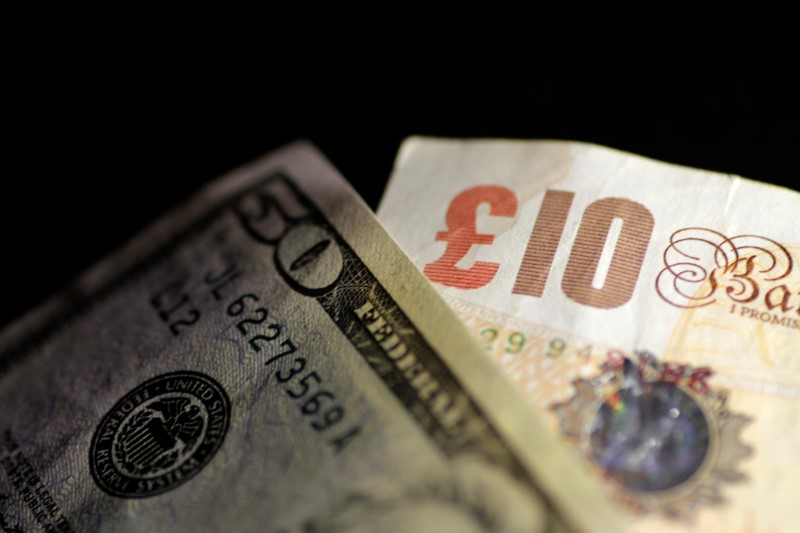Investing.com – The U.S. dollar stabilized in early European trade Wednesday, as traders cautiously awaited the latest U.S. inflation data, while sterling weakened after the U.K. economy contracted by more than expected in July .
At 03:20 ET (07:20 GMT), the Dollar Index, which tracks the greenback against a basket of six other currencies, traded just higher at 104.377, after falling to a one-week low on Monday.
U.K. economy contracted sharply in July
fell 0.3% to 1.2452, with sterling hit by the news that the contracted by a larger-than-expected 0.5% in July, the biggest drop this year, instead of the monthly drop of 0.2% predicted.
All major sectors of the economy – services, manufacturing and construction – declined in July, the data showed.
The is still widely expected to add to the 14 rate hikes since late 2021 when its policymakers meet next week, lifting interest rates to 5.5% from 5.25%.
The economy has not entered recession as feared, wage growth shows few signs of slowing, and official statisticians have sharply upgraded data to show the U.K. recovered earlier from COVID-19 than previously thought.
ECB could still hike on Thursday
fell 0.1% to 1.0738, falling back from the one-week high of 1.0777 seen in the previous session.
The meets on Thursday, and traders have started reassessing their positions after a Reuters report indicated that the ECB policymakers expect inflation in the 20-nation eurozone to remain above 3% next year, bolstering the case for a tenth consecutive interest rate increase.
Inflation in Germany, the eurozone’s dominant economy, remained above 6% in August, data showed last week, that’s three times the ECB’s 2% medium term target.
That said, growth in the region is weak, with in the eurozone expected to have fallen 0.7% on the month in July, according to data due later in the session.
U.S. inflation to set Fed tone
Still, volumes are likely to be thin Wednesday ahead of the release of the U.S. consumer price index later in the session, as this could set the tone for next week’s Federal Reserve meeting.
The , which removes volatile food and energy prices, is expected to cool to 4.3% year-on-year in August from 4.7%, but soaring oil prices point to the climbing to 3.6%, from 3.2% the prior month,
Fed officials have signaled they could pause when they meet next week, having raised rates at 11 of its past 12 meetings, while they assess their progress so far. But inflation remaining sticky could point to the likelihood of further increases before the year ends.
Elsewhere, rose 0.1% to 147.27, with the yen remaining close to 10-month lows as traders try to digest recent comments from Bank of Japan Governor Kazuo Ueda over whether the central bank intends to end its negative interest rate regime in the near future.
fell 0.1% to 7.2854, with the yuan staying above 10-month lows amid continued supportive measures from the People’s Bank of China.
Read the full article here





